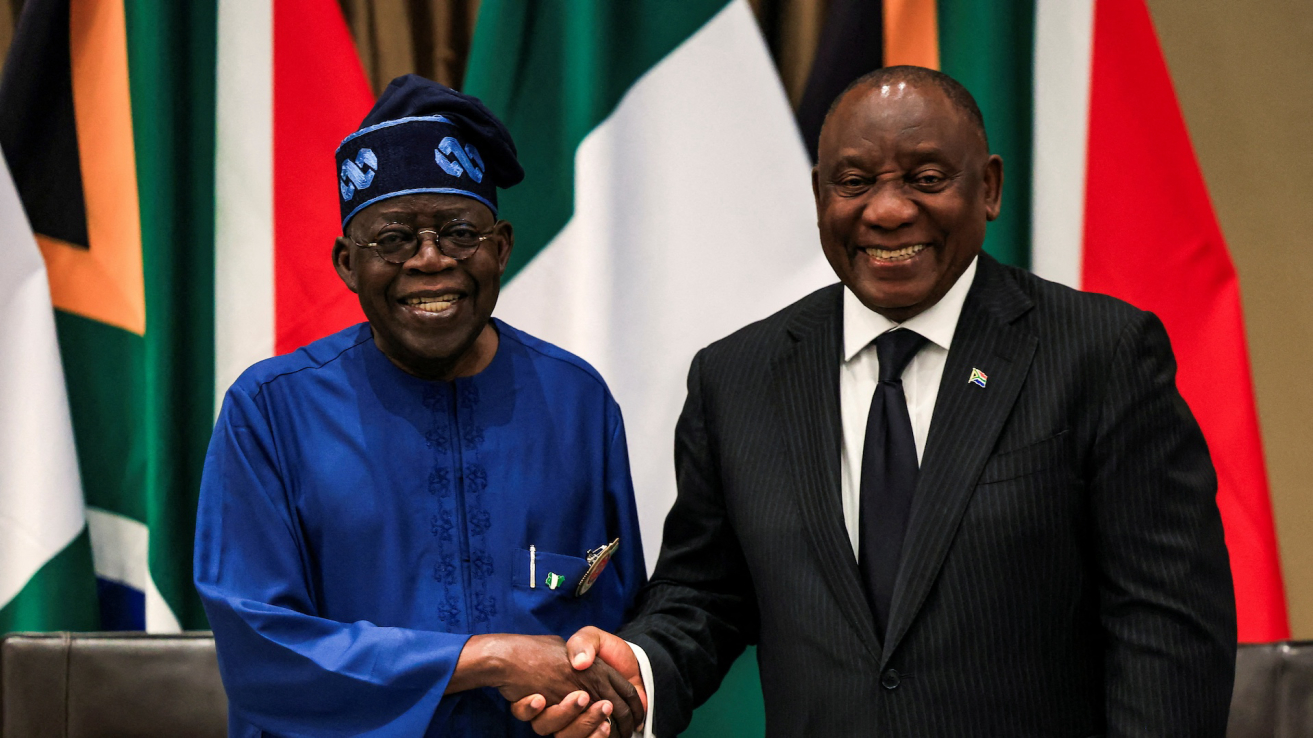Lagos–Pretoria axis eyes industrial integration
Nigeria and South Africa target US$10 bn trade by 2027 after FATF delisting; USDNGN and ZARUSD stability and MSCIEM underperformance drive intra-African investment pivot.

Nigeria and South Africa reaffirmed their economic and industrial cooperation at a ministerial business round-table in Lagos on 24 October 2025, signaling a new phase in intra-African investment flows following their joint exit from the FATF grey list. The meeting—attended by trade, industry, and finance ministers from both countries—outlined a framework to double bilateral trade to US$10 billion by 2027 through co-investment in manufacturing, financial services, and digital infrastructure.
Discussions centred on harmonising standards, easing non-tariff barriers, and expanding the use of local-currency settlement mechanisms between the Central Bank of Nigeria (CBN) and the South African Reserve Bank (SARB). Officials confirmed plans to pilot a rand-naira clearing window by mid-2026 to reduce reliance on third-currency intermediaries, a move that could cut transaction costs by up to 15 percent for exporters and importers.
The initiative aligns with the African Continental Free Trade Area (AfCFTA) agenda and responds to declining extra-continental capital flows. With dollar liquidity tight and DXY volatility elevated, the two largest African economies see intra-regional financing as a buffer against global credit-cycle swings. The MSCI Emerging Markets Index (MSCIEM) has underperformed frontier peers this quarter, reinforcing the appeal of domestic value-chain integration.
South African manufacturers, particularly in automotive components, pharmaceuticals, and agro-processing, view Nigeria’s 220 million-strong consumer base as a critical growth frontier. In turn, Nigerian construction and fintech firms are seeking equity partnerships in Johannesburg and Cape Town to access deeper capital pools. The Lagos session featured memoranda of understanding worth about US$600 million, including logistics, healthcare, and green-energy ventures.
Analysts note that joint FATF delisting provided a reputational tailwind, removing a major compliance obstacle that previously constrained banking correspondents between Johannesburg and Lagos. Enhanced AML standards are expected to streamline trade-finance operations, enabling commercial banks on both sides to expand letters-of-credit facilities.
However, practical implementation risks remain. Customs harmonisation across border agencies and cargo-clearing systems will determine whether cost efficiencies materialise. Political frictions—particularly over immigration and visa regimes—could also test the goodwill achieved in Lagos. Still, both governments emphasised policy continuity and private-sector leadership through the Nigeria–South Africa Business Council.
The round-table concluded with commitments to establish a joint industrial-policy task force and an annual monitoring framework under the AfCFTA Secretariat. Observers described the event as Africa’s most consequential bilateral engagement of 2025, potentially anchoring a broader continental supply-chain realignment as global firms seek near-shore manufacturing alternatives.





